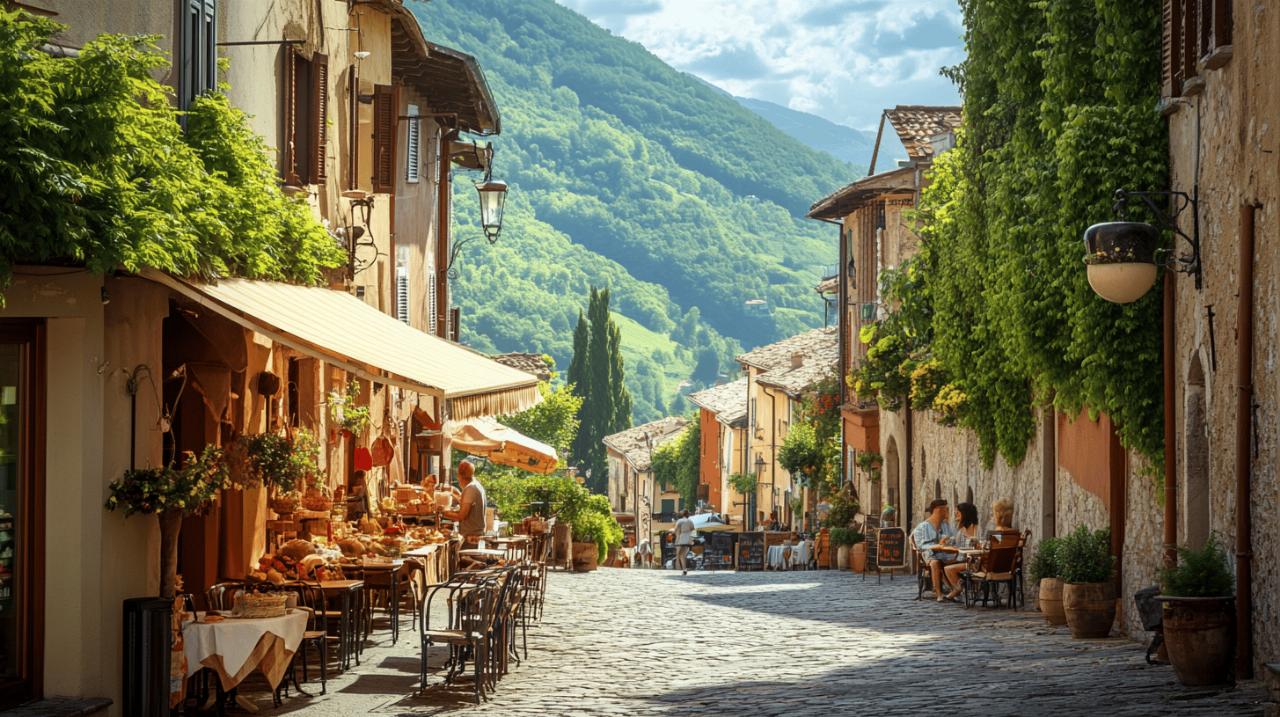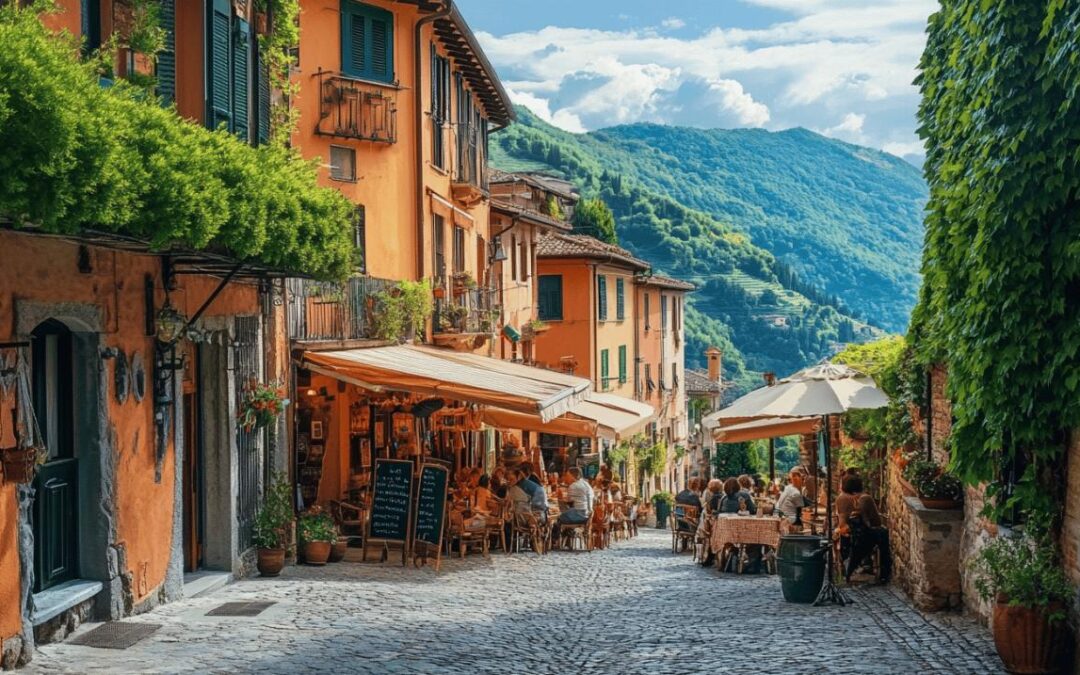Italy stands as a timeless destination, offering travelers a sensational blend of history, artistry, and natural beauty that captivates the soul. This Mediterranean gem continues to enchant visitors with its remarkable diversity, from ancient ruins to Renaissance masterpieces, coastal paradises to rolling countryside vistas. Whether you’re a first-time visitor or a seasoned traveler, Italy’s charm never fades.
The rich tapestry of italian culture
Italian culture represents one of the most influential and celebrated traditions in human history. The country serves as an open-air museum where every street corner might reveal a historical treasure. When planning your travel itinerary, consider exploring https://www.eago-italia.it/ for authentic cultural experiences that go beyond typical tourist attractions. This resource provides valuable insights into lesser-known cultural gems across the country.
Ancient roman heritage and renaissance legacy
The foundation of Italian cultural identity rests firmly on its Roman past, visible in iconic structures like the Colosseum and Pantheon that have weathered millennia. These architectural marvels continue to draw millions of visitors each year, offering a tangible connection to ancient civilization. Vatican City houses some of the most significant religious and artistic treasures in the world, including works by Michelangelo and Raphael.
Florence emerged as the cradle of the Renaissance, forever changing Western art and thought. The city remains a living gallery where visitors can admire masterpieces in their original settings. Throughout Tuscany, cultural treasures abound in medieval towns perched on hillsides among vineyards and olive groves. The region exemplifies how history harmoniously blends with natural beauty, creating landscapes that have inspired artists for centuries.
Modern italian traditions and festivals
Contemporary Italian culture pulses with vibrant celebrations that connect modern life to ancient traditions. Seasonal festivals mark the Italian calendar, from Venice’s elaborate Carnival to Siena’s historic Palio horse race. These events offer travelers unique windows into authentic Italian life, where communities come together in celebration.
Italian craftsmanship continues to thrive through generations of artisans dedicated to preserving traditional methods. From Murano glass blowing to leather working in Florence, these crafts represent living cultural heritage. Visitors can observe masters at work and even participate in workshops to learn time-honored techniques. The Italian approach to daily life, with its emphasis on family, leisure, and appreciation of beauty, represents perhaps the most accessible aspect of culture for travelers to experience.

A gastronomic journey through italian cuisine
Italian gastronomy stands as one of the world’s most beloved culinary traditions, celebrated for its emphasis on quality ingredients, regional diversity, and convivial dining experiences. Food in Italy transcends mere sustenance to become a cultural expression and social ritual. Each meal presents an opportunity to understand Italian values and history through taste.
Regional Specialities from North to South
Northern Italian cuisine reflects the cooler climate and proximity to Central Europe, featuring creamy risottos from Milan and polenta dishes in Alpine regions. Veneto contributes sophisticated seafood preparations and the famous Prosecco wine. Moving toward central Italy, Tuscany offers rustic, hearty fare characterized by unsalted bread, bean soups, and exceptional olive oils that showcase the simplicity and quality of ingredients rather than complex preparations.
Southern Italian cooking embraces Mediterranean influences with abundant tomatoes, olive oil, and seafood. Naples gave the world pizza in its most authentic form, while Sicily presents a fascinating fusion cuisine influenced by Arab, Greek, and Spanish occupations throughout its history. Puglia, with its extensive coastline and olive groves, contributes orecchiette pasta, fresh burrata cheese, and seafood specialties that highlight the region’s agricultural richness and fishing traditions.
The Art of Italian Wine and Coffee
Wine production in Italy dates back thousands of years, with vineyards spanning diverse terroirs that produce distinctive regional varieties. Tuscany’s Chianti region attracts wine enthusiasts with its scenic vineyards and robust Sangiovese-based wines. Veneto produces the crisp Pinot Grigio and sparkling Prosecco that have gained international popularity. Piedmont offers sophisticated Barolo and Barbaresco wines from the Nebbiolo grape, often considered among Italy’s finest wine expressions.
Italian coffee culture represents a ritualistic aspect of daily life, with strict unwritten rules about consumption. Espresso, consumed quickly while standing at a bar, punctuates the Italian day. Understanding that cappuccino remains strictly a morning drink reveals cultural nuances travelers can appreciate. From the elegant coffeehouses of Turin to the standing espresso bars of Rome, coffee customs vary subtly across regions while maintaining their central importance in Italian social life.
When planning your Italian adventure, consider traveling during spring or autumn months when temperatures moderate and crowds thin. These seasons also coincide with significant harvests and food festivals that enhance cultural immersion. Companies like Go Travel Around and The Thinking Traveller specialize in creating authentic Italian experiences, including stays in private villas that offer deeper connections to local communities and traditions. Through responsible tourism practices, travelers can ensure their visits contribute positively to preserving Italy’s remarkable cultural and culinary heritage for generations to come.

